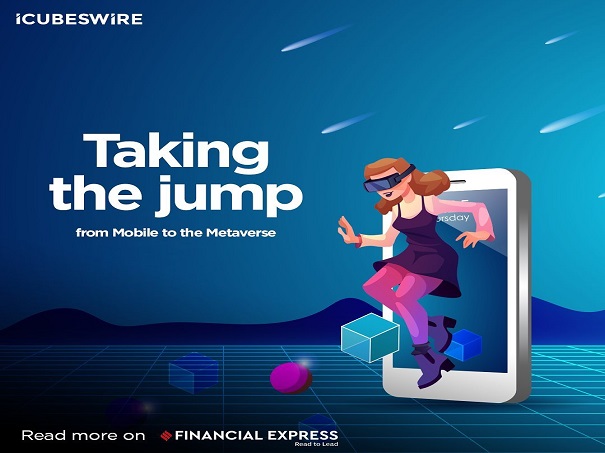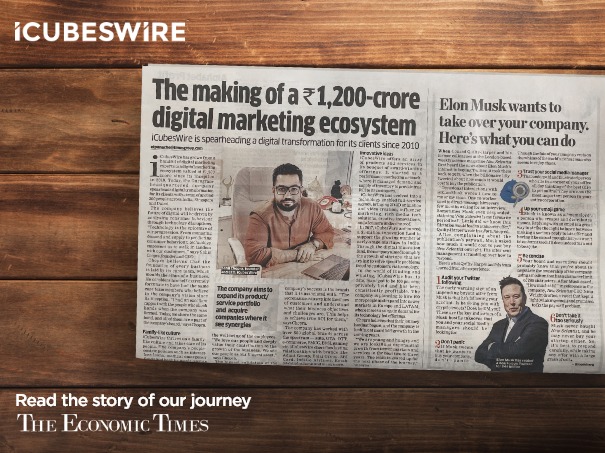What does the future hold for corporate animation production in India?
According to a report, 82% of internet traffic will be video by 2022. What is the probability of B2B gaining more traction than B2C through video marketing strategies?
By Sahil Chopra
Every picture tells a story; a video nevertheless tells it better. The online landscape has undergone an evolution, with more and more people consuming online content in video format. Social media channels and other online platforms have moved to video as one of the prime instruments for content dissemination.
We have entered the age of content creators sharing moments and information through videos, stories and live-streaming. According to a study by Cisco, 70% of all internet traffic is through video content and is expected to skyrocket in the coming years.
Video content has become the preferred choice for consumers, brands, and content creators to reach the masses. With the rise in the popularity of video content, several brands are making a special place for video in their marketing strategies. Video content has become an unrivaled marketing tool, taking into consideration the significant number of people watching videos. In addition, video marketing proves to be quite effective in driving audience engagement, and promoting and educating the mass about a brand’s products and services.
Video marketing has been at the forefront of attracting potential consumers and generating more leads for B2B and B2C businesses. A report by Wyzowl suggests that 97% of marketers have found video content to be the reason for a 76% increase in sales. Furthermore, 80% of marketers believe videos have increased the time users spend on their websites. However, to achieve the most out of video marketing, the content should be personalized to meet the needs or address the target audience’s queries.
Video marketing works differently for different business types. Visual quality plays a pivotal role in moving the audience when it comes to B2B customers. B2B shoppers are careful before making decisions because they need to consider what their customers seek. Bringing a B2B business to purchase a product requires an adorable video because it is an excellent tool to convince decision-makers.
LinkedIn and SlideShare are the most suitable B2B video-sharing channels to reach potential professionals and targeted business owners. Facebook, Instagram, and YouTube are excellent channels for carrying out B2C video marketing. These platforms have a fair chance of videos getting shared among the mass and going viral, increasing the overall reach of your content.
The video marketing strategy for B2B solely aims to educate the audience about a brand’s product or services. On the other hand, B2C videos usually bring out a fun element with light-hearted communication. The B2C video marketing strategy is created to strengthen brand recall and credibility, whereas B2B videos focus on enlightening the users about the applications of a product or service. The main reason for this difference comes because of the target audience. Engaging content is created keeping in mind the user’s taste and needs. Knowing your customer goes a long way in stitching an effective video marketing strategy.
To comment on the possibility of B2B videos gaining more eyeballs than B2C videos, you must have a keen understanding of your business and its target audience. Both video marketing strategies work well for different brands. If targeted to the right audience, B2B videos can garner more reach and create an extensive user base for the brand across social channels. A segment of the audience is always looking for product-centric videos to learn more about a brand’s product or service.
As Published on:-




